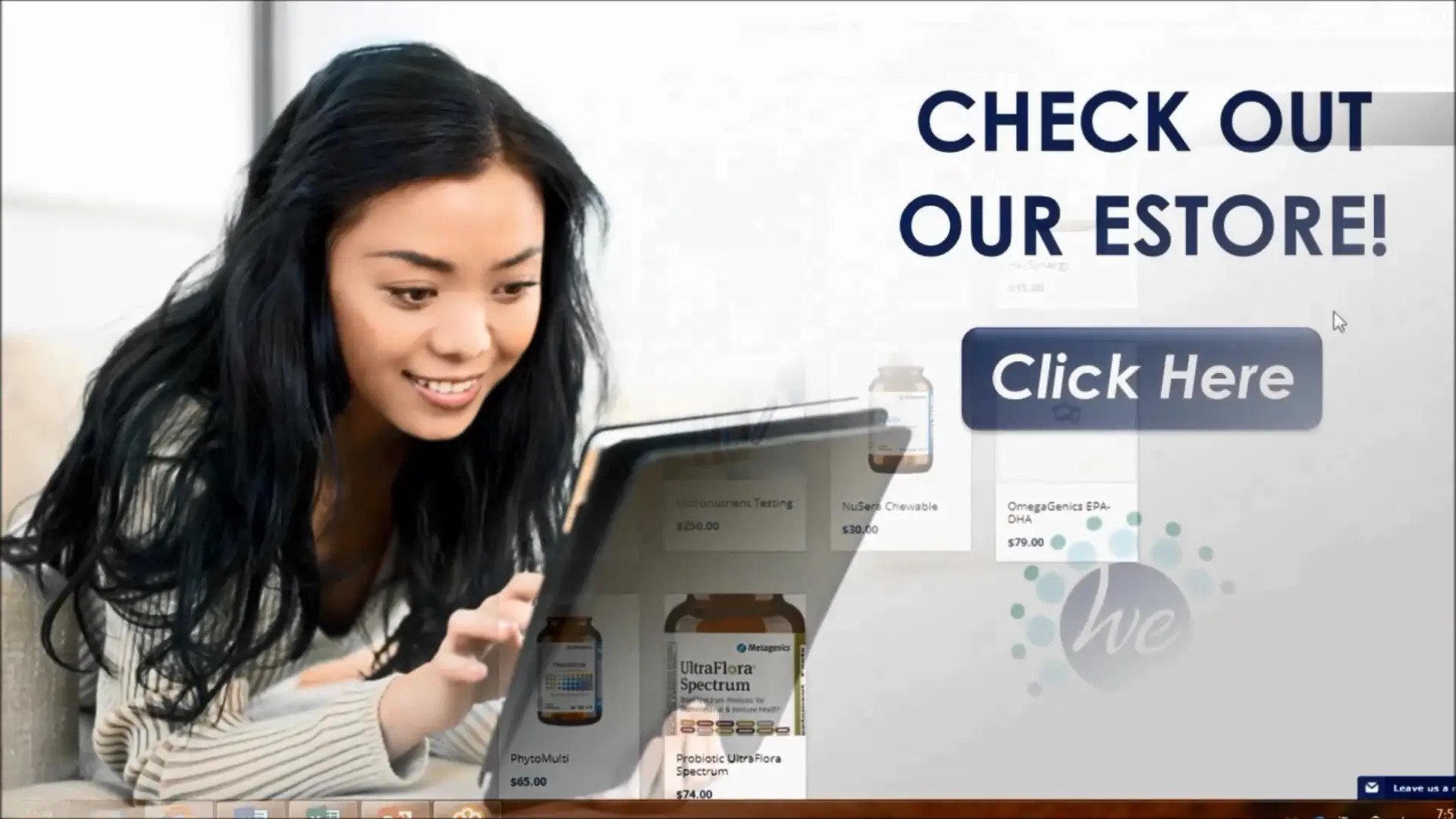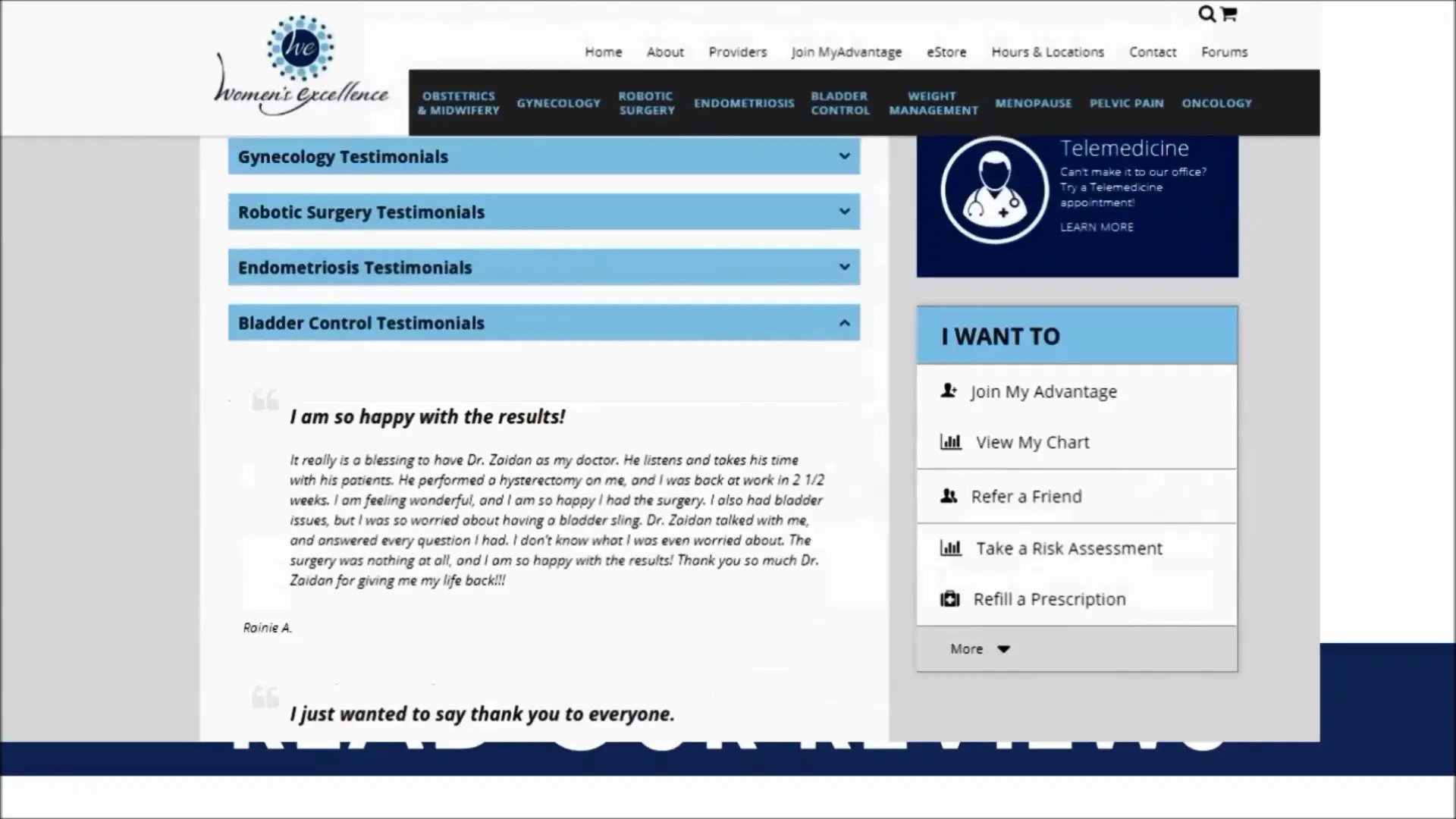Complications at birth that make an episiotomy necessary include fetal or maternal emergencies. Prior to delivery, here are steps for episiotomy care that you can do to help prevent or minimize lacerations during birth:
- Healthy weight gain, exercise and good nutrition. Maintaining a healthy, well-hydrated body helps skin stretch better while giving birth.
- Begin doing Kegels exercises today. Kegels help strengthen the pelvic floor muscles that are used for pushing while giving birth during the second stage of labor. Strong pelvic floor muscles help you to push slow and well controlled. Pushing in this manner helps avoid perineal lacerations during birth. Kegels will also minimize future incontinence issues that are common after birth and later as women have more children and enter menopause.
- Applying warm compresses to the perineal area while pushing and giving birth help the tissues to stretch. Warmth to the area also provides perineal comfort for some women during birth.
- The application of perineal oils to the perineum throughout pregnancy can also assist stretching in the perineal area prior to and during birth.
- Giving birth in the side lying position creates less tension in the perineal area and minimizes risk of tearing.
A perineal laceration or episiotomy can have uncomfortable or complicating side effects. It is very important to be aware of the symptoms that may require your midwives’ attention. These include:
- Foul smelling drainage from the perineal area may signal an infection.
- Bruising that causes pain not relieved with over the counter medication.
- Swelling or bulging in the perineal area that does not decrease in size after discharge.
- Bleeding from the perineal area that required a repair at your baby’s birth.
- If you experience longer time to heal, call the office.
- Perineal tissue may sometimes heal with scarring. This might require a short period of abstinence from sexual intercourse as it may be more painful in the beginning.
- There may be future incontinence problems. Do not be embarrassed or hesitate to discuss this with your midwife. There are resources that can help, but these cannot be made available to you unless you ask!
What are some pain relief options for an episiotomy or tear? The following recommendations will help relieve perineal discomfort and help maintain cleanliness in the perineal area to aid the healing process:
- Use an ice pack to the perineum for the first 24 hours after giving birth.
- Ask for a sitz bath. This is a large bowl that fits into your toilet at home and sprays warm water onto the perineal area. Warmth to the perineum area aids in providing comfort and to increase blood supply for healing.
- Apply Tucks pads directly to your skin in the perineal area. Tucks contains witch hazel that soothes and also aids in healing the perineum.
- Dermoplast spray is also very cool and soothing to the perineal area.
- When resuming intercourse for the first time, the hormones of motherhood may restrict necessary production of lubrication and make engaging in intercourse for a woman very uncomfortable. Therefore, using a lubricant while having intercourse for the first several times may provide the added comfort for pleasure.
- Using a peri-bottle filled with warm water every time after using the bathroom will aid in keeping the perineal area clean, and assist in the healing process. Follow this with pat-drying the area, front to back. Apply Tucks to the perineal area and a clean pad every time you use the bathroom.
- During the postpartum period, if there is discomfort or pain that cannot be relieved with over the counter medication or has discharge that has a foul odor, please notify your midwife. This could indicate an infection and the need for an evaluation prior to your scheduled follow-up appointment.
Contact Women’s Excellence with any questions or concerns you have about episiotomy care or perineal laceration. Be sure to schedule a follow up appointment so we can check on your healing.







